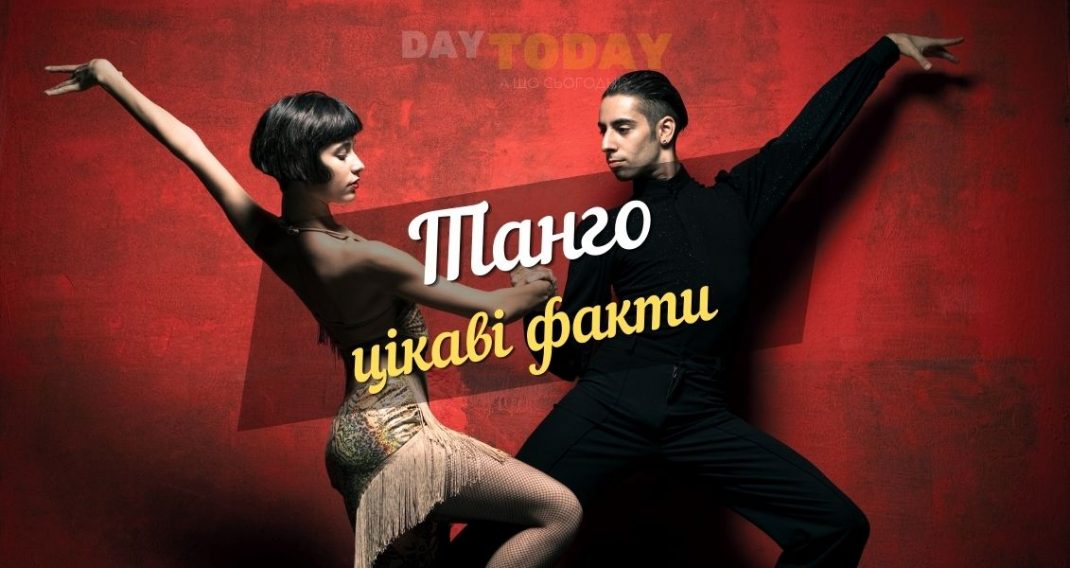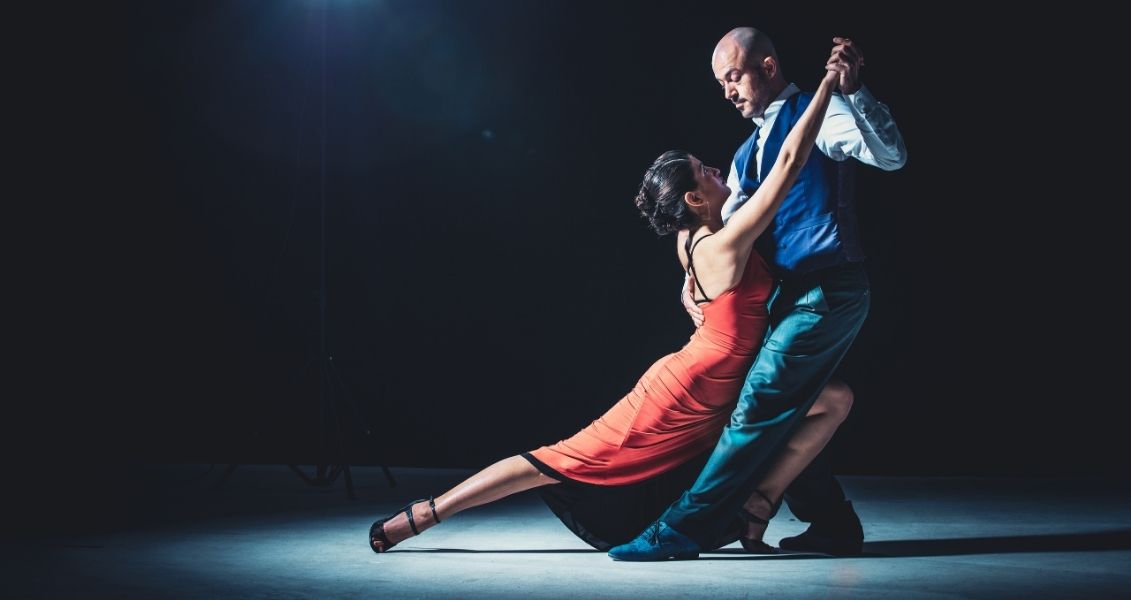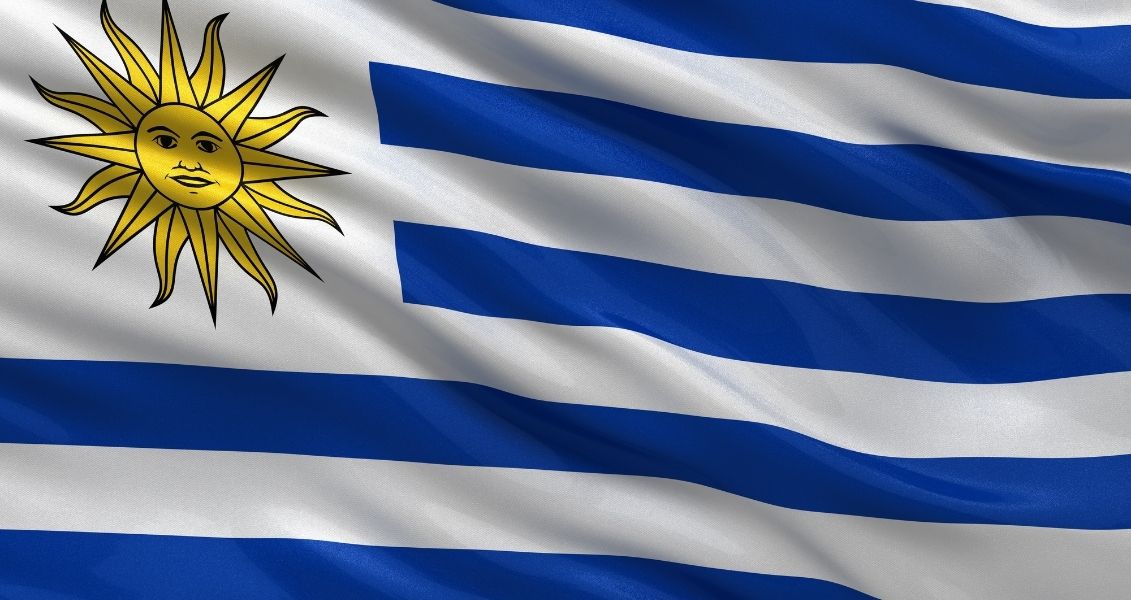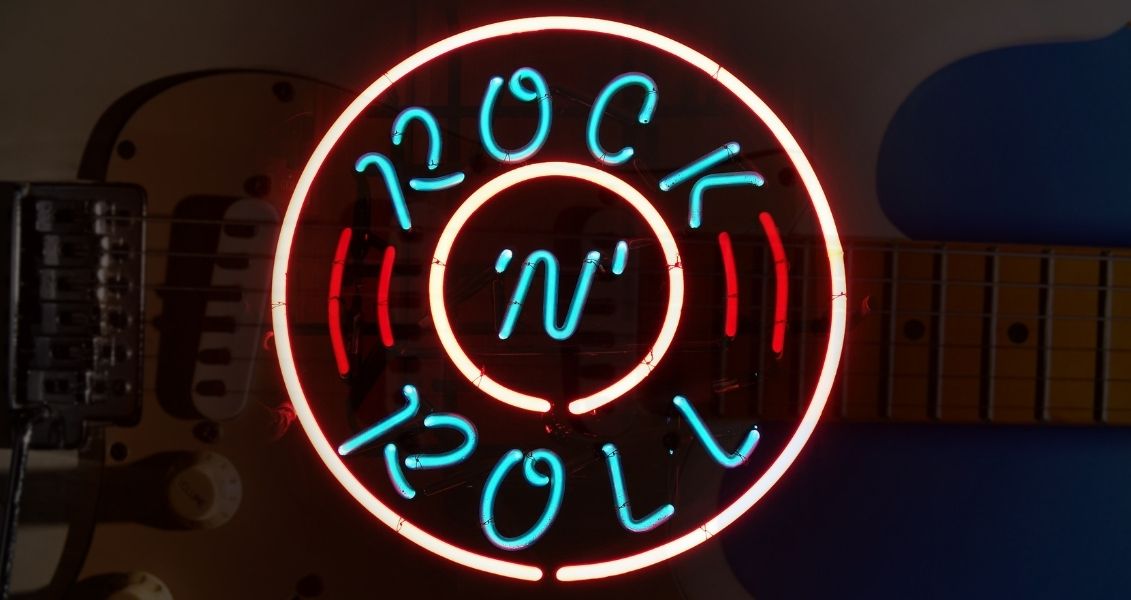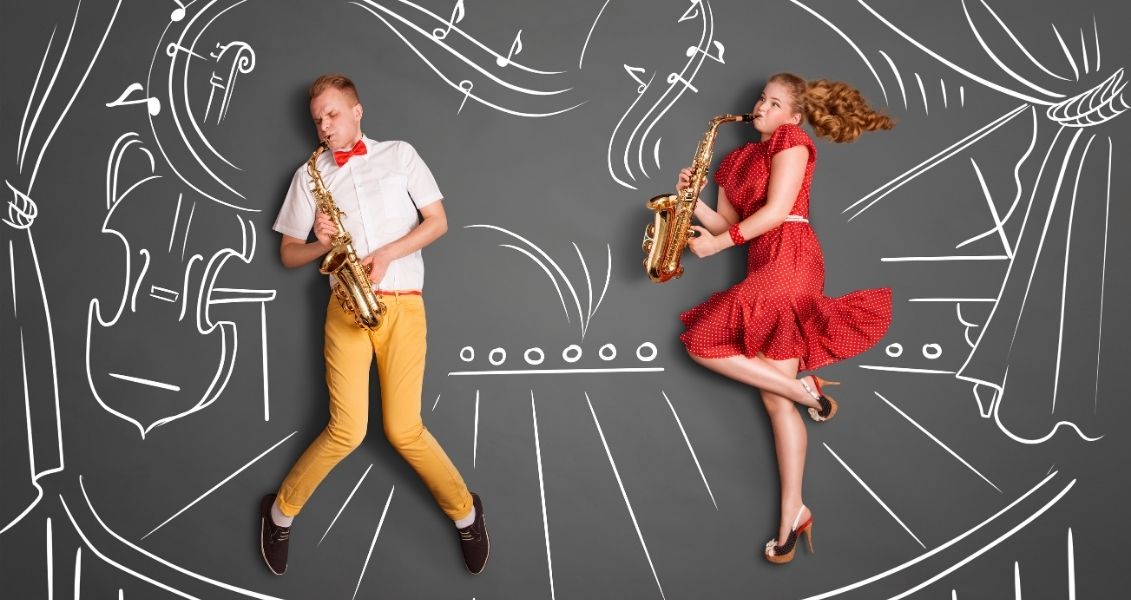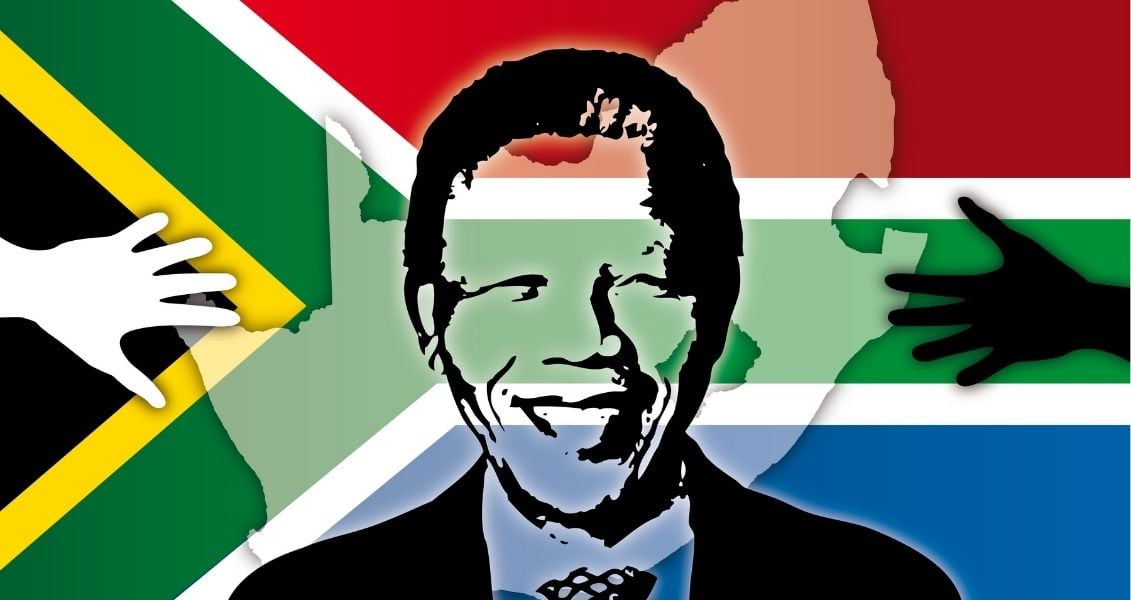Tango is a paired social dance of free composition performed to characteristic music. It originated on the South American continent in the 1880s in La Plata, on the border of Uruguay and Argentina, in poor port urban areas with a predominantly mixed emigrant population as a result of the fusion of cultures from Europe, Africa and the original population of South America.
For International Tango Day, we offer 10 interesting facts about this dance.
- At first it was often called tango “dance of death”. In the first decades after its invention, it was danced only by men, depicting the scene of a duel between rivals who win the heart of a lady. In a fit of passion at the end of the dance, one of the partners could pull out a knife and kill the opponent.
- At the beginning of the 20th century, Pope Pius Tenth forbade not only to dance, but even to watch this dance to true Catholics. But masters of Argentine tango came to the Vatican and demonstrated their art. Impressed by their skill, the priest agreed to lift the ban. In the first half of the 20th century, tango was also not allowed to be danced or listened to in the USSR and Germany.
- A man in Argentina invites a lady to a dance in silence, only with the help of a gesture. An intention expressed out loud is considered an insult. During the dance you can’t smile and express emotions with facial expressions. All this should be done with the help of plastics and body movements. At the same time, a woman always remains famous, regardless of her position in relation to the audience.
- Many people know that tango is included in the European program of sports ballroom dancing. It has certain standards that dancers must adhere to on the dance floor. However there are no rules in real Argentine tango. In the homeland of the dance, it is believed that the most important thing is the partners’ feeling for each other and complete improvisation.
- In the 1950s, tango was banned in its homeland in Argentina. This was due to the military coup in the country, when almost all the archives of music records were destroyed. Gradually, this led to a loss of interest in dance and a disruption of the succession of generations. The revival of tango took place only 30 years later, after the overthrow of the junta.
- At a time when in Argentina tango was a dance of people who did not belong to the upper worldin Paris it was danced in fashionable and prestigious salons representatives of the nobility. Gradually, tango parties spread throughout Europe. Thematic establishments began to open, cigarettes, drinks, shoes and clothing in the style of tango appeared.
- Uruguay and Argentina are still arguing for the right to bear the name of the homeland of tango. But the vast majority of researchers believe that the city should be considered the capital of this legendary dance Buenos Aires. The La Plata region, most of which is in Argentina, includes a small area of modern Uruguay. This became the main reason for disputes.
- The original idea of tango is also controversial. According to one version, the dance originated in brothels, where emigrants, shepherds and sailors flocked. As proof of their assumption, specialists cite the fact that a woman constantly turns her head away and often puts her hand on the man’s thigh, where the wallet usually lies.
- First all tango texts were written in lunfardo, which was a mixture of French, Italian and Spanish slang. But this language was banned in Argentina after 1943. The authors of the texts quickly adapted and began to compose songs based on the Castilian proverb. Learning the language brought more lyricism to tango.
- Now a mandatory attribute of tango is the bandoneon (below in the video). This musical instrument was originally designed by Heinrich Band to perform church music in churches in Germany. But after being recognized as unsuitable for this purpose, the modification of the accordion was appreciated by Argentine milongeros. It is the bandoneon that gives tango music its shrill and poignant sound.
Tango passion
